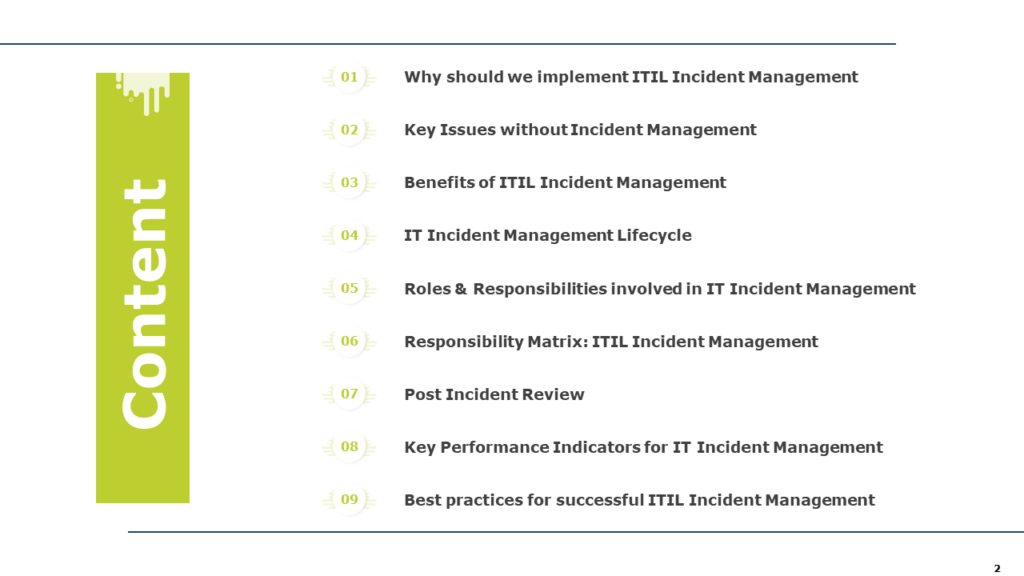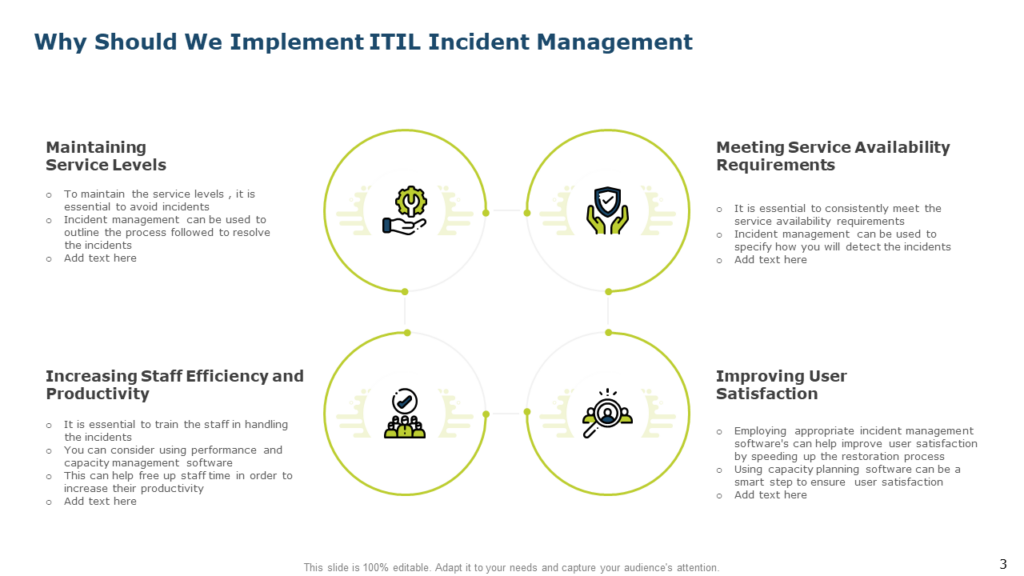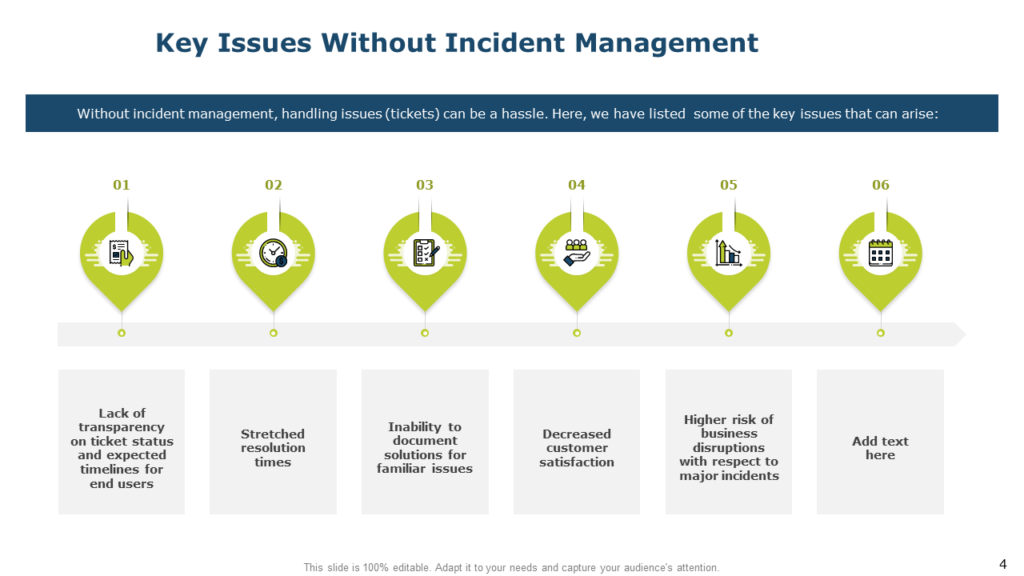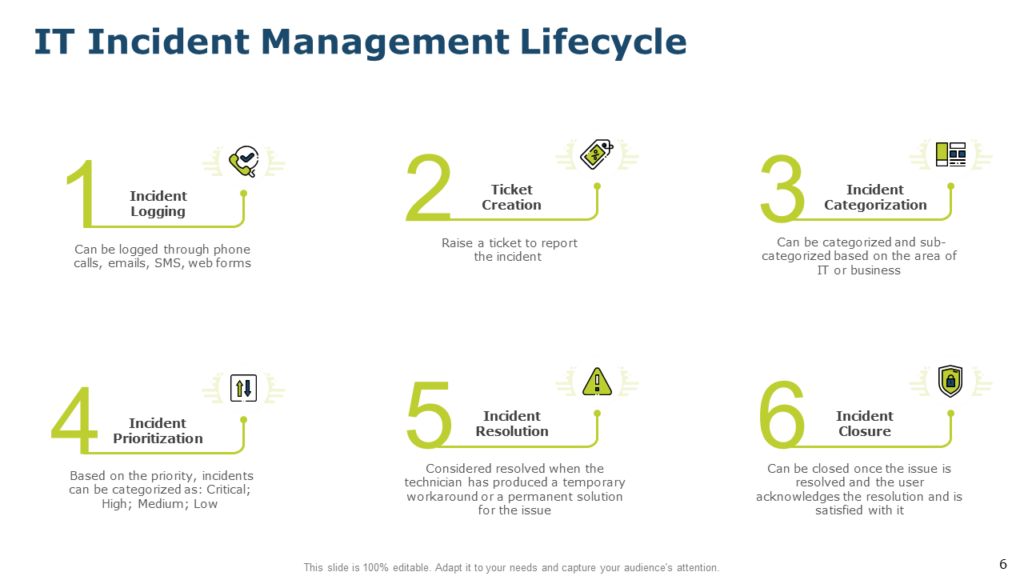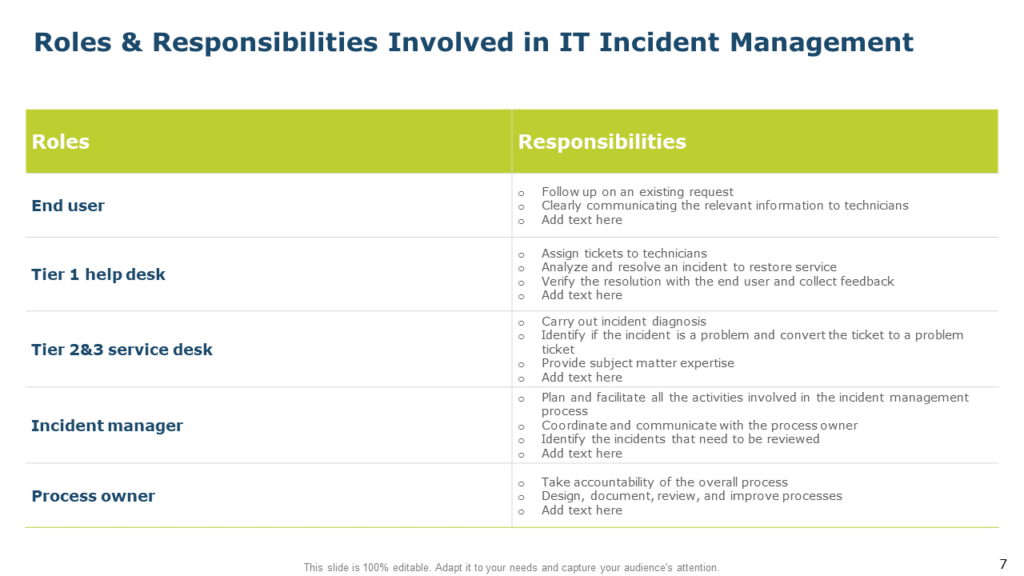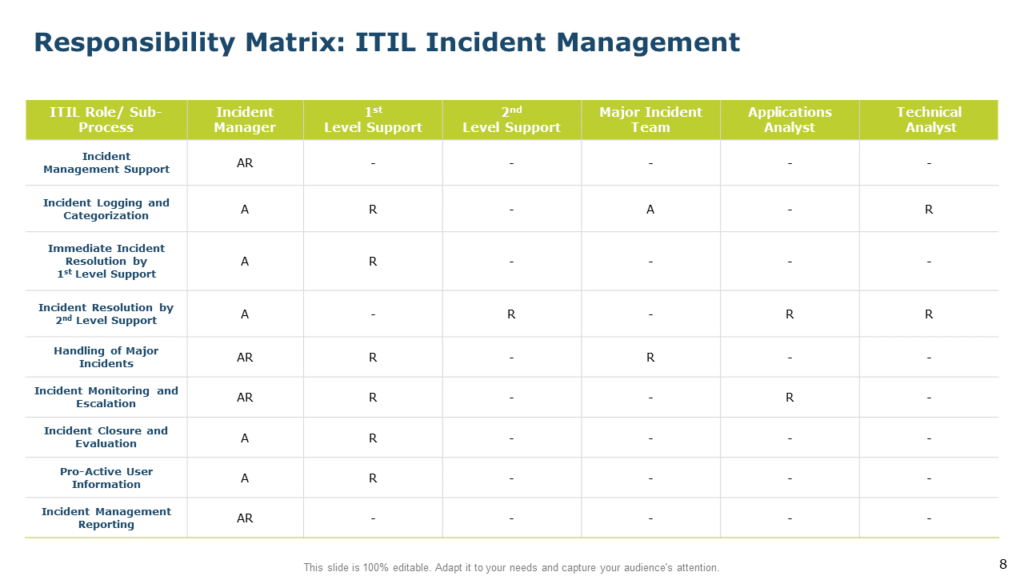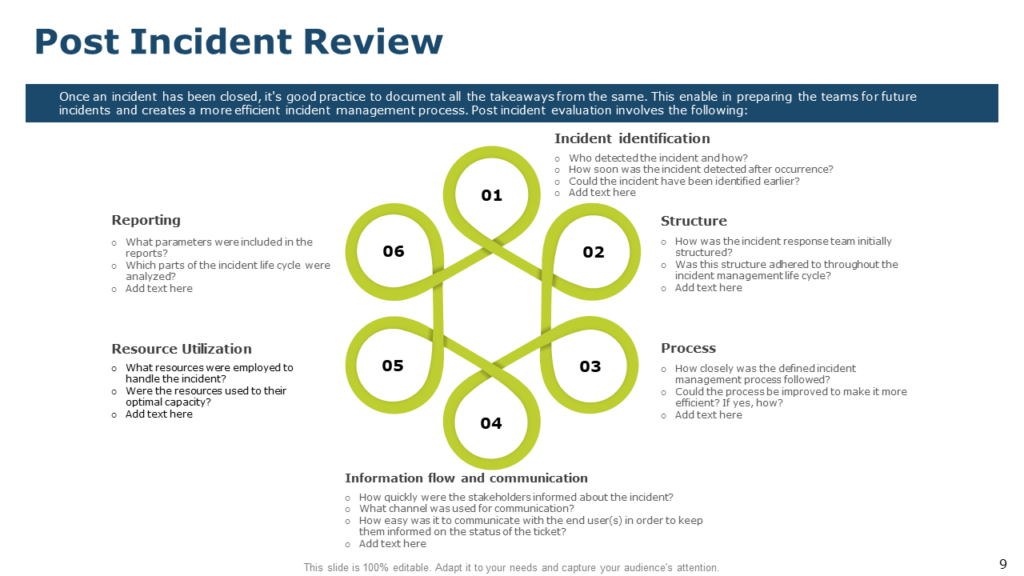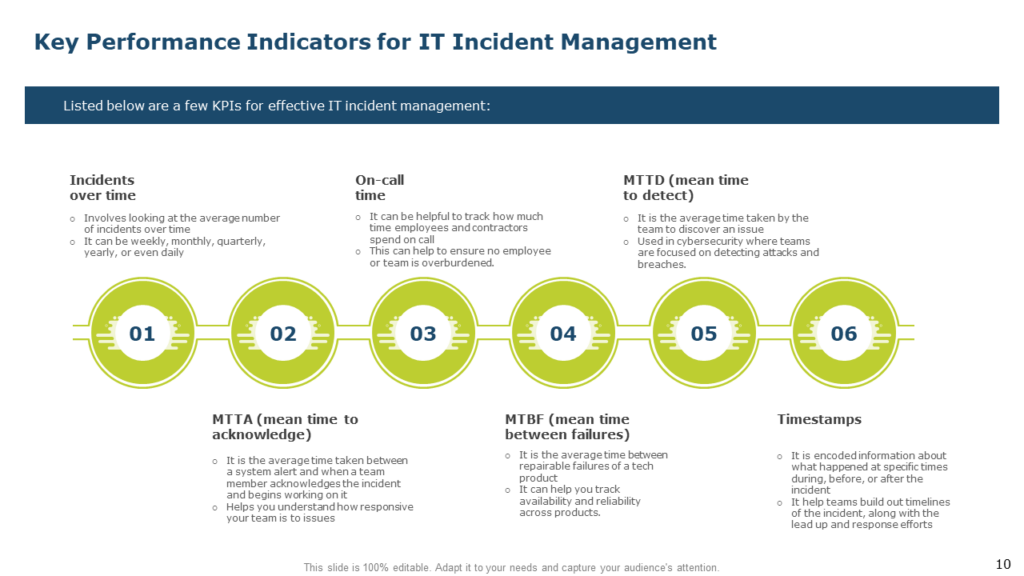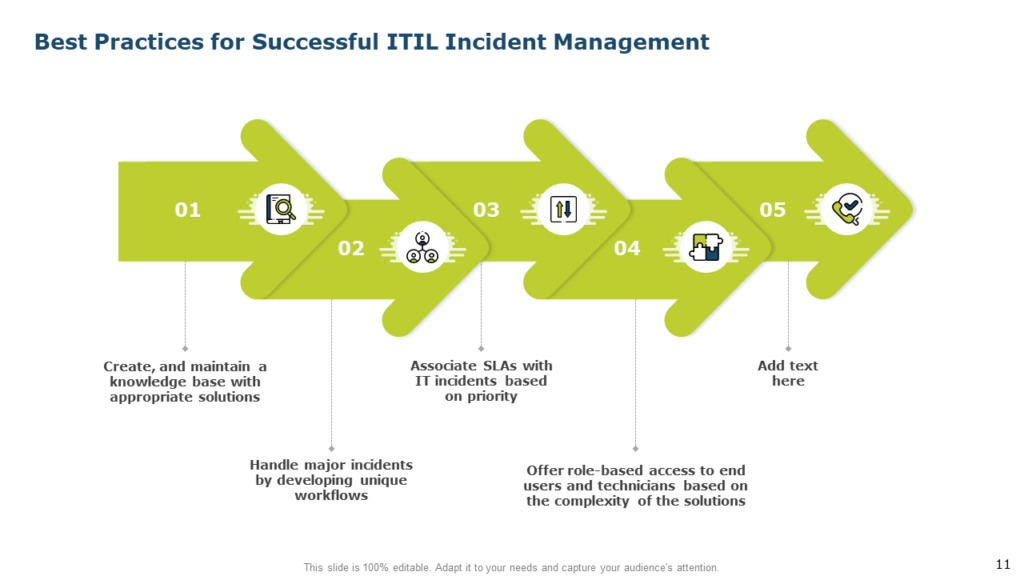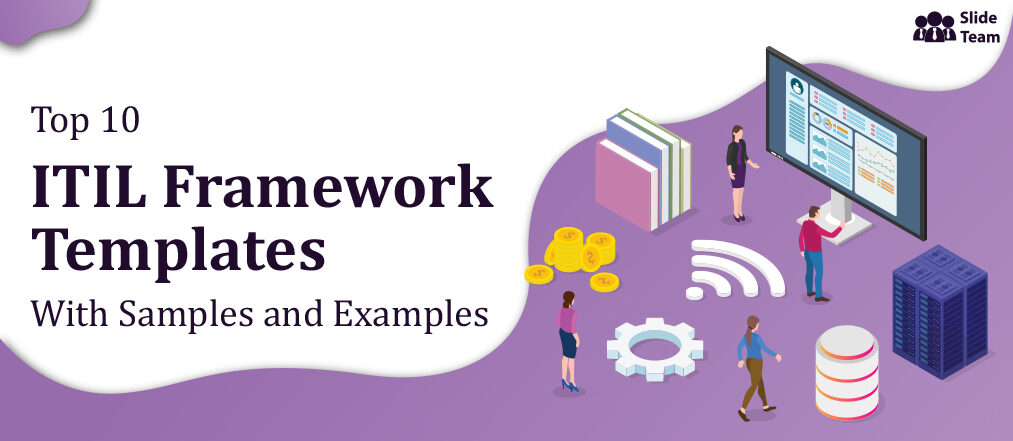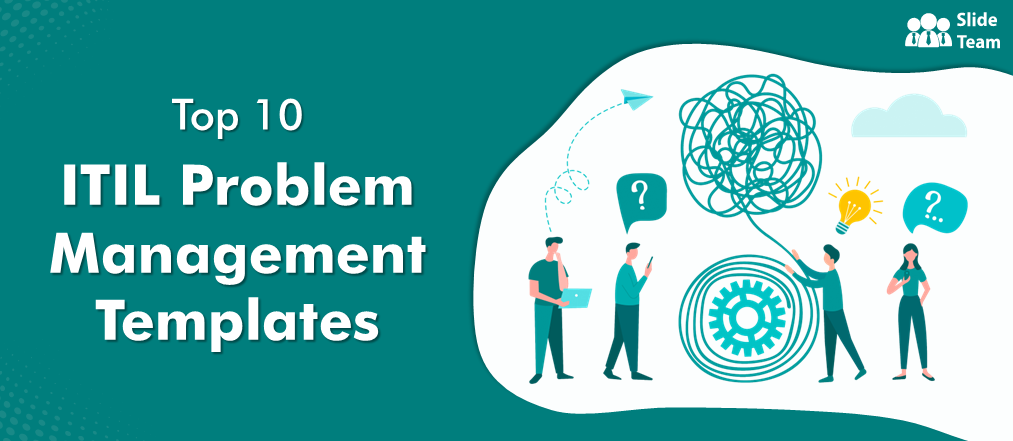In today’s digital era, end-users or service providers often experience brief or lengthy downtime in online or Information Technology (IT) services. The notifications ‘Server is down’; ‘Something went wrong'; ‘We apologize for any inconvenience’, etc. annoy us and create panic, especially for those whose business relies on the internet. Such unplanned disruptions in IT services impact the business continuity and performance of everyone connected to the network. This disruption in IT service is termed an ‘Incident.’
Here’s one of the most relatable examples to explain the concept: In 2021, popular social media platforms, Facebook, WhatsApp, and Instagram, suffered massive global outages. The incident locked out millions of users worldwide from their accounts and plunged businesses and people dependent on these networks into the chaos that lasted hours.
The conglomerate Facebook (now Meta Platforms or Meta) blamed changes on routers that coordinate network traffic between data centers. This inability to communicate created a domino effect in data centers and eventually brought all services crashing down.
Like Meta, most companies offer services online, and any outage results in a poor end-user experience. When the outages recur, the reputation and brand value of businesses suffer. Organizations, therefore, must put systems in place for incident management processes to ensure faster resolution time and restoration of normalcy at the earliest.
This is where ITIL Incident Management comes to the rescue. The set of actions taken in order to mitigate and resolve critical incidents is called incident management.
If you run a business that relies on IT, you are probably familiar with the potential risks and problems that might result in an awful, enormously wasteful, and costly IT incident. The question, however, is, do you have any backup plan to handle the incident if it occurs? Is your workforce trained enough to manage and respond to incidents in an effective manner?
Don’t worry! We have a solution for you in the form of powerful ITIL Incident Management Templates to assist you in building a solid workforce.
ITIL Incident Management Templates
In my previous five blogs, we have had a fairly successful introduction to ITIL Framework, Process; Service Management; Change Management; and Problem Management This time, we will focus on guiding you through the ITIL Incident Management concept with the help of this content-ready PowerPoint Presentation. These ITIL Incident Management Templates are easy to download and save, and you can customize them as per your needs.
Let's delve into it!
Template 1: Table of Contents
Use this PPT Slide to give your audience a clear and concise overview of this complete deck’s content and structure. Adding this Table of contents slide will allow readers to directly access a specific section of your presentation template. With this download, you can be confident that your presentation will cover key topics in explaining incident management. Topics such as objectives, benefits, roles & responsibilities, processes, etc are done in detail. Grab it today for a perfect start.
Template 2: Importance of ITIL Incident Management System
Next, you can include this PPT Template in your PowerPoint Presentation to explain the objectives of ITIL Incident Management. These are:
- Maintaining service levels
- Meeting service availability requirements
- Increasing staff efficiency and productivity
- Improving user satisfaction
Through this ITIL Incident Management Template, you can describe every objective in detail, exhibiting the mastery you have over concepts. Download this slide to let your team know why Incident Management practices matter.
Template 3: Key Issues That Lack of Incident Management leads to
This PPT Document delineates key issues your business can face without an Incident Management system in place. It lists out six major issues that can arise: Lack of transparency on ticket status; stretched resolution time; decreased customer satisfaction, etc. Add more issues, as per your business, to this presentation template. It also includes icons for better recall. Download now!
Template 4: Benefits of ITIL Management System
Educating your employees on the advantages of Incident Management is important to ensure their cooperation during the training. This PPT Template discusses four essential benefits with a well-structured diagram. Use this slide as a resource to help make Incident Management easier for your employees. Download it today to maintain your high standards in productivity and efficiency.
Template 5: IT Incident Management Lifecycle
Present the Incident Management Lifecycle in six stages using this PPT Slide. It represents the lifecycle in a unique way that makes it easier for your audience to understand them. The steps include incident logging, ticket creation, incident categorization, prioritization, resolution, and incident closure. It also includes relevant icons for each step. Isn’t it a simple yet informative structure? Download now!
Template 6: Roles & Responsibilities Involved in IT Incident Management
As an incident manager, you work to manage the lifecycle of unplanned interruptions, malfunctions, and fall in quality of provided IT services. To streamline the process, you must assign roles to a suitable person or team. Use this framework to assign roles and define responsibilities to maintain transparency of the process. Download this ITIL Incident Management Template now to eliminate any confusion related to your team’s tasks.
Template 7: Responsibility Matrix: ITIL Incident Management
If you’re looking for an effective way to communicate the roles and responsibilities of people involved in ITIL implementation, use this Responsibility Matrix PowerPoint Slide for instant results. This slide illustrates who is responsible for solving a particular part of the incident, making it easy for everyone to understand their contribution to the process. You must grab this matrix now to ensure your ITIL implementation goes off without a hitch.
Template 8: Post-Incident Review
Every incident management process includes a Post-incident Review (PIR) to discuss the details of an incident: Why it happened, what impact it had, what actions were taken to resolve it, and how to set it right. If you want to ace this stage, you must take the help of this PowerPoint Template. It will ensure a clear understanding and will support you in avoiding such incidents in the future. Download now for effective resolution.
Template 9: KPIs for Incident Management
For incident management, Key Performance Indicators (KPIs) need to be the number of incidents, the average time to resolve, or the average time between incidents. This ITIL Incident Management Template digs deeper. Download this presentation template to get KPIs like incidents over time, on-call time, MTTD (Mean time to detect), MTTA (mean time to acknowledge), MTBF (mean time between failures), and timestamps.
Template 10: ITIL Incident Management Best Practices
All companies who follow best practices for incident management know that even the strongest systems will break down eventually. To give your IT services the best chance of success, you need to have a workforce that can withstand shocks and still be functional. This slide includes some of the most effective, robust, and world-class incident management best practices. This exclusive presentation template is available only on SlideTeam.
These are the most crucial content-ready slides that every Incident Management Presentation you must include to build a robust, hardy, and street-smart ( a bit of an anomaly, but this is unavoidable) workforce. You will be glad to know that this complete deck includes a lot of additional slides that contain charts, graphs, roadmaps, testimonials, icons, and much more.
Now that you know how to guide your team to manage incidents in a foolproof manner, download this PowerPoint Presentation to get started. If you need any assistance with the presentation template, contact our Design Services Team here.
PS If you are looking for an ITIL Problem Management presentation to guide your team on mitigating the risks, here’s a handy guide with the latest presentation template.
FAQs on ITIL Incident Management
What are the best practices for Incident Management?
Incident management best practices are industry-agnostic, which means that any business may use them to help their company. Consider the following seven situations and make a decision about whether they should be included in your procedures.
- Build teams with the skillset
- Establish clear language for your incident management
- Develop a communication strategy
- Cultivate a culture of accountability
- Practice your incident response
- Don’t skimp on the Post-incident Review (PIR)
- Use automation
What is the incident and problem in ITIL?
The ITIL defines a problem as “a cause or potential cause of one or more incidents.”
An incident, on the other hand, is an unforeseen occurrence that causes a service outage. Incidents are negative episodes that on-call employees race to resolve as quickly and thoroughly as possible. With that said, problems are the originating cause of those disruptive events.
A problem can cause an incident, or it can cause a series of incidents. An incident might be traced back to a single issue or, in rare cases, multiple issues.
What is the process of ITIL Incident Management?
An ideal ITIL Incident Management includes the following steps:
Incident Logging and Categorization
- Incident Identification
- Handling Major Incidents
- Incident Resolution
- Incident Monitoring escalation
- Incident closure and evaluation
- Proactive user information
Remember, we need to be aware of the processes involved in each step and also make sure documentation is done in the standard format to really make sure we can prevent incidents from recurring.
What are the three types of incidents in IT?
There are three types of incidents in ITIL, These are:
Major Incidents - These are large-scale incidents that do not come up too often, but when they do hit, they hit hard. Organizations should be prepared to deal with these in a quick and efficient manner.
Repetitive Incidents - No matter what you do, some problems always come up. Sometimes they are just common requests that often happen, like a printer not working or difficulty connecting to Wifi (especially if you have remote workers). In certain circumstances, these problems are a symptom of underlying technology limitations.
Complex Incidents - These are the extensive incidents with more complicated features that extend across several operational phases and rapidly grow to multijurisdictional, multidisciplinary efforts requiring outside resources and assistance.


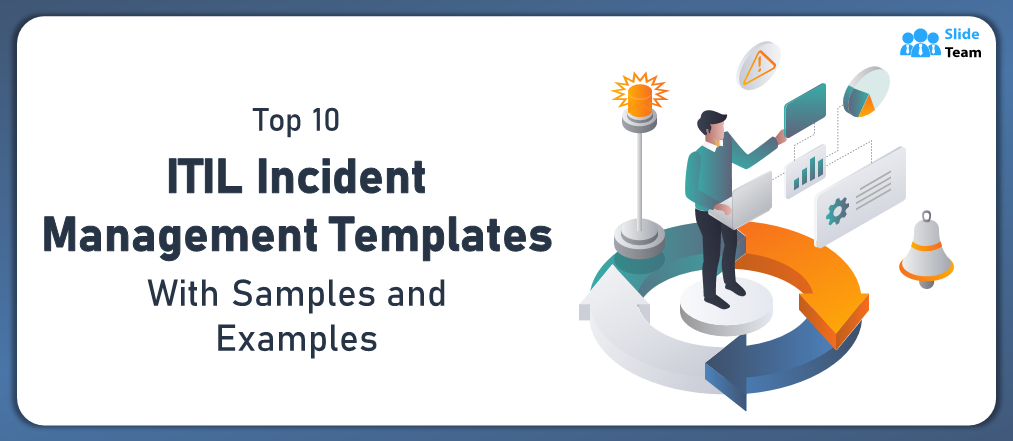


 Customer Reviews
Customer Reviews

